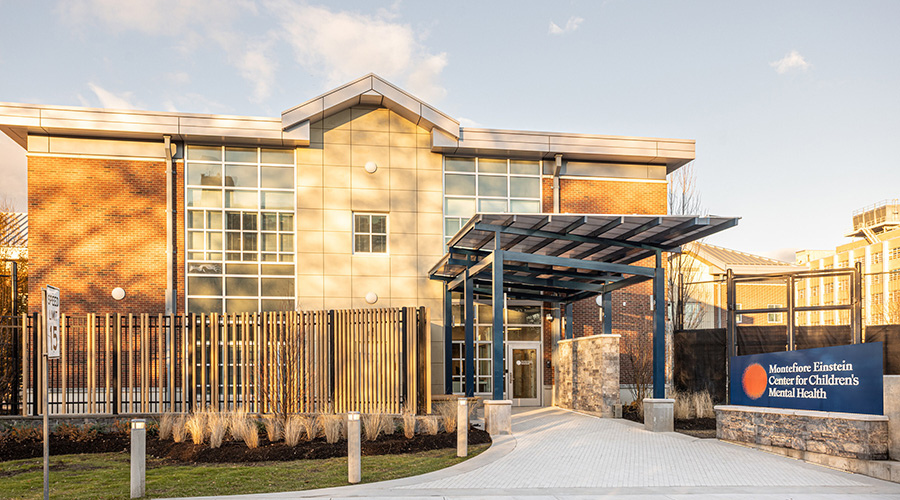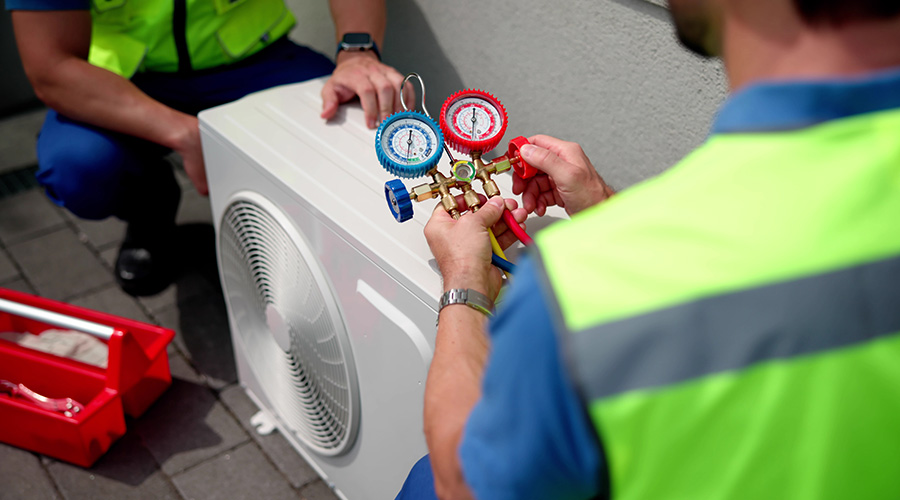DocASAP, a patient access and engagement platform for health systems, health plans and physician groups, announced the results of its “Telehealth Consumer Experience” 2020 survey. The survey, conducted by OnePoll and commissioned by DocASAP, provides an inside look at healthcare consumers’ concerns and experiences during the pandemic, revealing key drivers of telehealth adoption, the growing demand for digital, self-service capabilities and the long-term preference for virtual care post-COVID-19.
Anxiety with in-person visits projected to continue
COVID-19-related concerns have impacted every industry, especially healthcare. In fact, 68% of survey respondents have postponed or canceled an in-person healthcare appointment due to COVID-19. This number was higher among men (73 percent) than women (64 percent). Additionally, 43 percent of respondents said that they wouldn’t feel comfortable going back to see a healthcare provider in person until at least the fall.
While healthcare facilities are traditionally thought of as sterile environments, this perception has been negatively impacted during the pandemic. When asked, “right now, which of the following facilities do you feel are safest to enter,” the majority of respondents (42 percent) selected a grocery store over a hospital (32 percent) or doctor’s office (26 percent). At the bottom of the list, the three destinations deemed least safe were entertainment/sports facility (9 percent), followed by urgent care/ER (12 percent) and public transportation (airplane, train/bus) (13 percent), revealing that healthcare facilities are among the venues perceived as higher risk by the public.
Adoption of telemedicine creating preference for virtual care
To mitigate risk, healthcare consumers are turning to telehealth to manage their care needs. Almost half of survey respondents (40 percent) have scheduled a telehealth appointment. Additionally, 92 percent of respondents said that they were satisfied with their overall telehealth appointment experience. When asked to describe their telehealth appointment experience, the top three descriptors were easy (45 percent), efficient (38 percent) and convenient (30 percent).
The recent surge in telehealth appointments is creating a widespread preference for virtual care in the future. An overwhelming majority of respondents (91%) who have had a telehealth appointment said they are more likely to schedule a telehealth appointment instead of an in-person visit in the future. Furthermore, nearly half of all respondents (45 percent) said if a provider offers telehealth appointments, it would influence their decision to use them.
Telemedicine opening the digital front door to the digital practice
Consumers today have become accustomed to on-demand experiences, and the healthcare industry is catching up. The survey revealed that 51 percent of telehealth appointments were scheduled online, higher than by phone (45 percent) and in-person (4 percent). When asked what respondents prefer to do online for an in-person or telehealth appointment, 45percent said “schedule an appointment” followed by “check my symptoms before the visit” (42 percent), “find out how much the visit/procedure will cost me” (32 percent) and “complete forms” (32 percent).
While online appointment booking is a top priority for healthcare consumers, when asked “what frustrated you the most about your telehealth visit,” scheduling an appointment (29%) was the top frustration. Understanding patient preferences and empowering them with the tools needed to manage their healthcare journey is becoming a major competitive differentiator for providers.
Additional Key Findings:
- Mental health more common reason for a telehealth visit than COVID-19: While routine check-ups were the top reason for scheduling a telehealth appointment across the board (56 percent), more than a quarter of telehealth visits (26 percent) were due to mental health concerns, exceeding COVID-19 (24 percent).
- Payers play a significant role in consumer awareness and adoption of telehealth: Prior to COVID-19, 28 percent of healthcare consumers reported knowing whether their insurance company covered telehealth appointments. Additionally, 43 percent of all respondents listed “covered by insurance” as a top factor that would influence their decision to schedule a virtual appointment.
- Online scheduling is a top preference for consumers regardless of age: When asked, “Which of these would you prefer to do online for an in-person or telehealth provider appointment,” the top response was “schedule an appointment online” for Gen Z (60 percent), Millennials (42 percent) and those 57+ (50 percent). “Check my symptoms before the visit” was the top preference for Gen X (51 percent) followed by “schedule an appointment” (49 percent).
- All generations are embracing telehealth: Regardless of age, those who have had a telehealth appointment are more likely to schedule a telehealth appointment instead of an in-person appointment in the future. This is true for 100 percent of Gen Z (ages 18-25), 95 percent of Millennials (ages 26-41), 90 percent of Gen X (ages 42-56) as well as those 57+ (73 percent).
- Those 57+ are not as concerned about COVID-19 as younger generations: When asked “what would influence your decision to schedule a telehealth appointment,” COVID-19-related safety concerns were the top pick for Gen Z (54 percent), Millennials (44 percent) and Gen X (54 percent). Those 57+ listed “convenience” (53 percent) as their top influencer with “no travel involved” ranking second (52 percent).
- Telehealth accommodates different visit preferences: Of respondents who have had telehealth appointments, the most common type of visit was video for Gen Z (64 percent), Millennials (73 percent) and Gen X (73 percent). Those 57+ were more likely to have a telehealth appointment via phone call (65 percent).
“Telehealth has quickly emerged as the preferred care setting during the pandemic and will drive patient behavior in the future” said Puneet Maheshwari, co-founder and CEO of DocASAP. “As providers continue to adopt innovative technology to power a more seamless, end-to-end digital consumer experience, I expect telehealth to become fully integrated into overall care management, ensuring timely access to the right provider in the right care setting.”
Survey Methodology:
Commissioned by DocASAP, the “Telehealth Consumer Experience” 2020 survey was conducted by OnePoll, a marketing research company specializing in online quantitative research and polling, between June 29 – 30, 2020. Feedback was obtained from 1,000 U.S. adults who have used a healthcare provider in the last 12 months. For more information, visit http://docasap.com or follow on Twitter @DocASAP.
July 29, 2020
Topic Area: Press Release
Recent Posts
 State of the Facilities Management Industry in 2025
State of the Facilities Management Industry in 2025
Many facility managers cite budget constraints and the rise in operating concerns as their top concerns heading into the new year.
 City of Hope to Open New Cancer Specialty Hospital in California
City of Hope to Open New Cancer Specialty Hospital in California
This 72-acre academic research campus offers patients access to the full continuum of advanced cancer care.
 Montefiore Einstein Opening New Inpatient Center for Youth in the Bronx
Montefiore Einstein Opening New Inpatient Center for Youth in the Bronx
New 21-bed inpatient pediatric mental health center adds critical care beds to address behavioral and mental health needs in the Bronx, nearly doubling inpatient capacity.
 Skill Stacking: How Micro-Credentials Are Reshaping Trades
Skill Stacking: How Micro-Credentials Are Reshaping Trades
Micro-credentials can keep skilled trade workers up to speed with modern systems and complement longer, more formal training programs.
 Prima Medicine Opens New Location in Tysons, Virginia
Prima Medicine Opens New Location in Tysons, Virginia
The Tysons location becomes Prima Medicine's fifth practice in the Washington metropolitan area.